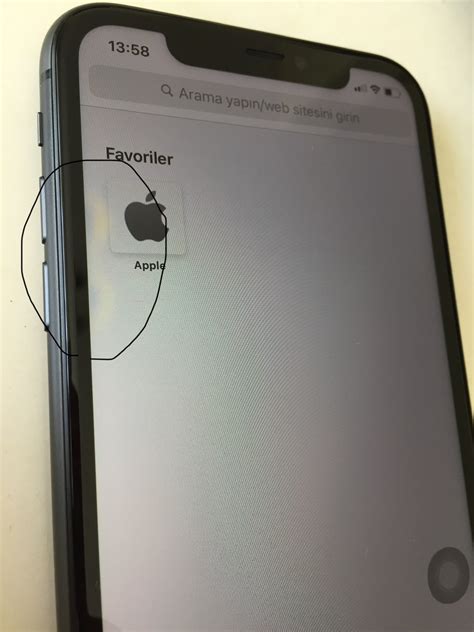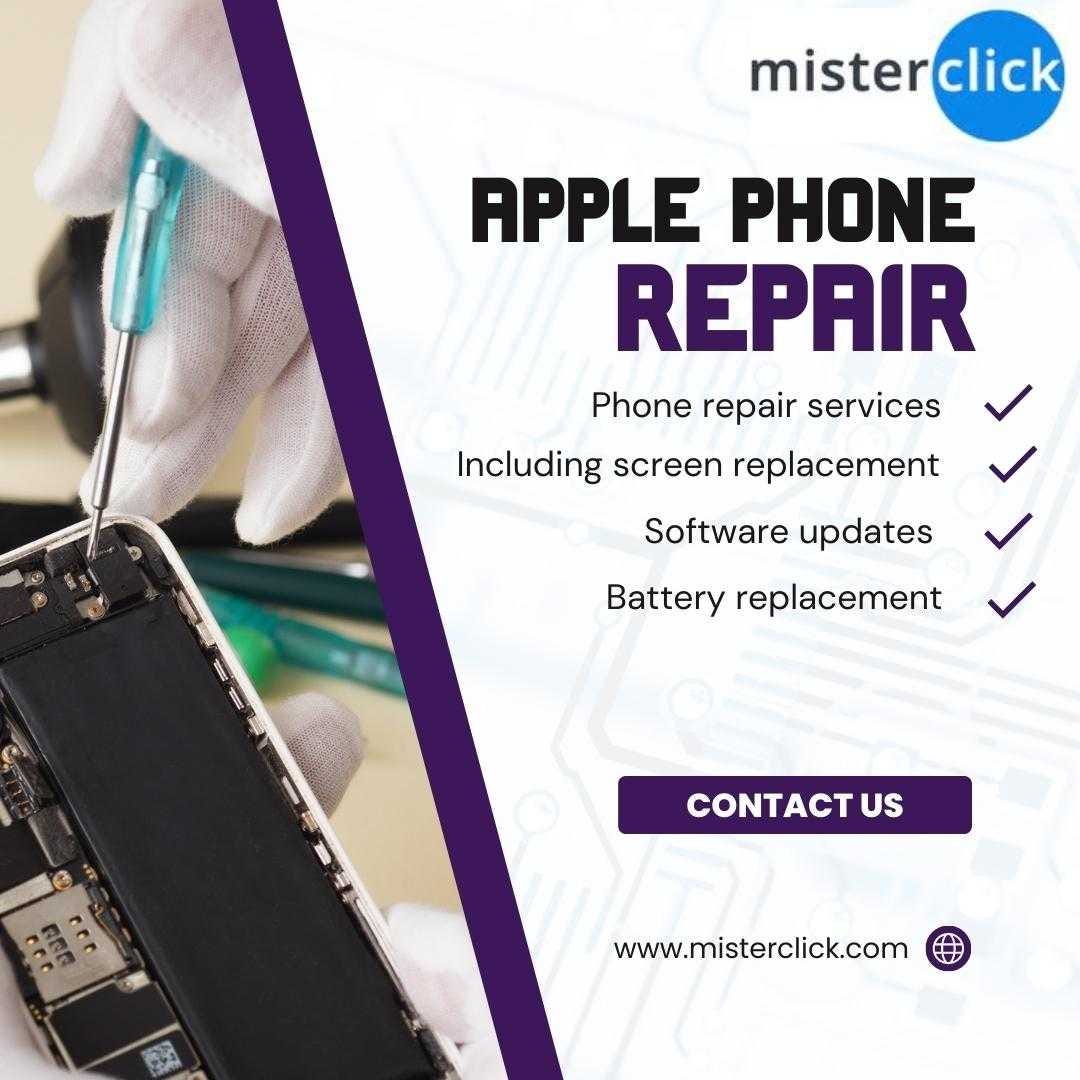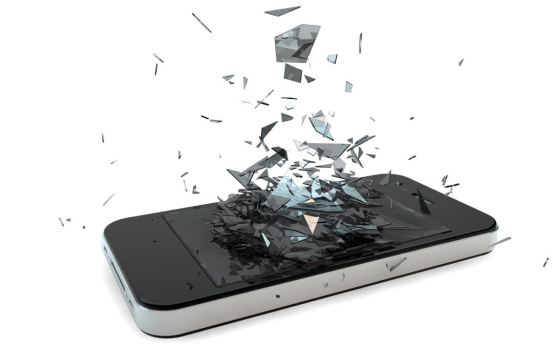A Comprehensive Guide to iPhone Screen Issues: Understanding the Causes and Solutions
Related Articles: A Comprehensive Guide to iPhone Screen Issues: Understanding the Causes and Solutions
Introduction
With enthusiasm, let’s navigate through the intriguing topic related to A Comprehensive Guide to iPhone Screen Issues: Understanding the Causes and Solutions. Let’s weave interesting information and offer fresh perspectives to the readers.
Table of Content
A Comprehensive Guide to iPhone Screen Issues: Understanding the Causes and Solutions

An iPhone screen turning black is a frustrating and often perplexing experience. It can occur suddenly, leaving users with a seemingly unresponsive device and a sense of helplessness. This article delves into the various reasons behind this issue, providing a comprehensive understanding of its causes, potential solutions, and preventative measures.
Understanding the Spectrum of Black Screen Issues:
It’s crucial to distinguish between different types of black screen occurrences:
- Complete Blackout: The entire screen remains black, with no signs of activity, backlight, or responsiveness.
- Partial Black Screen: Portions of the screen are black, while other areas may display content.
- Black Screen with Illumination: The screen remains black, but the backlight illuminates, indicating potential software or hardware issues.
- Black Screen with Touch Response: The screen remains black, but the device responds to touch inputs, suggesting a display-specific problem.
Common Causes of iPhone Screen Issues:
1. Software Glitches:
- Operating System Errors: Software bugs or glitches within iOS can lead to temporary or permanent screen malfunctions.
- App Conflicts: Certain apps, particularly those with resource-intensive functions, can cause screen issues, especially when running simultaneously.
- Corrupted Data: Damaged or corrupted data within the phone’s storage can disrupt normal operations, potentially affecting the display.
2. Hardware Problems:
- Display Panel Failure: A damaged or faulty display panel can lead to a black screen, unresponsive touch, or flickering.
- Display Cable Issues: A loose or damaged cable connecting the display to the motherboard can disrupt signal transmission, resulting in a black screen.
- Battery Problems: A drained or malfunctioning battery can lead to unexpected shutdowns and black screens, especially when the phone is under heavy use.
- Logic Board Malfunctions: Damage to the logic board, which houses the phone’s primary components, can cause a range of issues, including a black screen.
3. External Factors:
- Physical Damage: Impacts, drops, or excessive pressure can damage the display, its connecting cables, or other internal components.
- Extreme Temperatures: Exposing the phone to extreme heat or cold can stress its components and lead to temporary or permanent malfunctions.
- Moisture Damage: Water or liquid exposure can damage sensitive circuitry, including the display, leading to a black screen.
Troubleshooting Steps for a Black Screen:
1. Basic Checks:
- Power Cycle: Try restarting the phone by holding the power button until the slider appears and dragging it to power off. After a few seconds, press the power button again to turn it on.
- Battery Check: Ensure the battery is sufficiently charged. If it’s low, connect it to a power source and allow it to charge.
- External Connections: Disconnect any external accessories, including headphones, charging cables, or Bluetooth devices, as they might be interfering with the phone’s operation.
2. Software Troubleshooting:
- Force Restart: For unresponsive devices, force restart by pressing and quickly releasing the volume up button, then pressing and quickly releasing the volume down button, and finally holding the power button until the Apple logo appears.
- Recovery Mode: Connect the phone to a computer and enter Recovery Mode by pressing and holding the volume down button while connecting it to the computer. From here, you can restore the phone using iTunes or Finder.
- DFU Mode: If Recovery Mode doesn’t work, enter DFU Mode by holding down the power button and the volume down button for 10 seconds. Release the power button but continue holding the volume down button until the device connects to iTunes or Finder.
3. Hardware Assessment:
- Visual Inspection: Check for physical damage, such as cracks, dents, or signs of liquid intrusion.
- Display Panel Test: Use a light source to see if the display panel is receiving power. If the backlight is illuminated, the issue might be software-related.
- Professional Diagnosis: If the issue persists, consider seeking professional assistance from an authorized Apple service center or a reputable repair shop.
Preventative Measures for iPhone Screen Issues:
- Protective Case: Use a sturdy case to minimize the impact of accidental drops or bumps.
- Screen Protector: Install a tempered glass screen protector to shield the display from scratches and minor impacts.
- Regular Updates: Keep your iPhone’s software updated to the latest version to benefit from bug fixes and performance improvements.
- Avoid Extreme Environments: Protect your phone from extreme temperatures and moisture to prevent damage to its internal components.
- Proper Charging: Use only Apple-certified charging cables and adapters to ensure safe and efficient charging.
FAQs: Addressing Common Concerns
Q: Can I fix a black screen on my iPhone myself?
A: While basic troubleshooting steps can resolve some software-related issues, hardware problems usually require professional expertise and specialized tools.
Q: Is a black screen a sign of a completely damaged phone?
A: Not necessarily. Many black screen issues are software-related and can be resolved with troubleshooting steps. However, physical damage or internal component failure may require professional repair.
Q: How much does it cost to fix an iPhone screen?
A: The cost of repair varies depending on the model, the extent of damage, and the repair provider. Apple authorized service centers typically offer higher prices compared to independent repair shops.
Q: Can I prevent my iPhone screen from turning black?
A: While you can’t completely eliminate the risk, following preventative measures like using a protective case, avoiding extreme environments, and keeping the software updated can significantly reduce the chances of encountering screen issues.
Conclusion:
An iPhone screen turning black can be a stressful experience, but understanding the possible causes and employing appropriate troubleshooting steps can often resolve the issue. Remember, prevention is key. Taking proactive measures to protect your phone from physical damage, extreme environments, and software vulnerabilities can help ensure a longer and more reliable lifespan for your device. If the problem persists, seeking professional assistance from a reputable repair center is recommended.








Closure
Thus, we hope this article has provided valuable insights into A Comprehensive Guide to iPhone Screen Issues: Understanding the Causes and Solutions. We hope you find this article informative and beneficial. See you in our next article!
